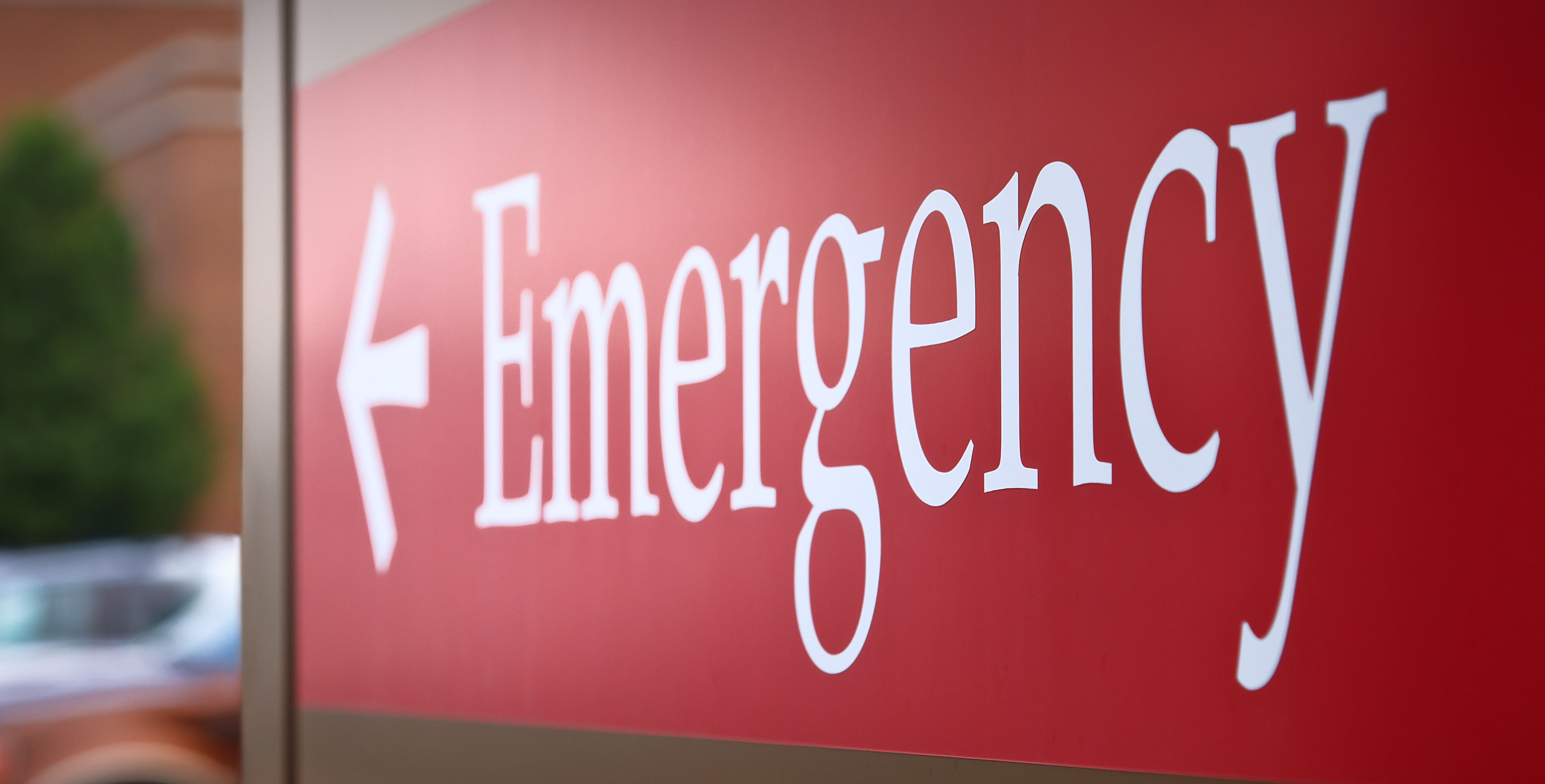The American Academy of Pediatrics, the American College of Emergency Physicians, and the Emergency Nurses Association on Wednesday issued a joint policy statement calling for more support to help U.S. emergency departments (EDs) deal with the influx of children and young adults they see who are experiencing mental health crises.
The statement cites studies that found there has been an increase in emergency department visits by children and youth with mental and behavioral health emergencies, as well as the increased prevalence of depression and suicide in children, adolescents, and young adults. It also mentions the increased suicide rates in Black school-aged children, which is about two times higher compared to White children.
According to the paper, the communities dealing with these issues often don’t have adequate resources to provide treatment. When this happens, hospital emergency departments become the safety nets for those requiring acute and subacute mental and behavioral health care.
The statement also says that children and youth with intellectual disabilities, autism spectrum disorders, behavioral dysregulation, immigrant children, children on welfare, youth in the juvenile justice system, and lesbian, gay, bisexual, queer, transgender or questioning (LGBTQ+) youth may have additional challenges, which must be addressed.
“Because of the diversity of the populations and the high prevalence of trauma and adversity among ED patients, organizations/ED leadership should provide resources for physicians, PAs, NPs, and nurses about trauma-informed relational care as a universal approach to care,” the paper says.
The statement lists a multitude of recommendations to address the problems, such as:
- Developing emergency department transfer protocols
- Using telehealth to identify and divert low-acuity patients
- Activating existing mental health mobile crisis teams to respond to schools and other locations
- Training ED staff to recognize and provide initial care to children and youth
- Expanding telehealth consultations in resource-limited areas
- Developing 24-hour access to interpreters
- Leveraging technology for safety planning
- Providing appropriate and safe environments (such as environments that are quiet for children with autism spectrum disorder) for patients with mental and behavioral health disorders
- Advocating for community-based behavioral services
- Developing school-based screening and training school staff how to recognize mental and behavioral health issues in children
Here are some other helpful resources and studies on mental health:
- School Counselor Shortages by State and Its Impact on Students
- How Eliminating Affirmative Action and DEI Will Impact Campus Safety
- New Data Reveals Need for Mental Well-Being Resources on College Campuses
- Surgeon General Warns of Social Media Impact on Youth Mental Health
- 6 Steps for Improving K-12 Student Mental Health
- Nearly 3 in 5 College Students Accessed Mental Health Care in Grades K-12, TimelyCare Survey Finds
- College Students Must Mind Their Prescription Meds
- How Campus Police Can Help Promote a Positive and Safe School Culture
- HHS Announces the Availability of $25 Million to Expand Primary Care – Including Mental Health – Services in Schools
- Student Bullying and Suicide: Signs of a Toxic School
- How Diversity and Inclusion Can Promote a Better, Safer College Experience for All
- Study Finds 71% of LGBTQ+ Youth Say Restrictive State Laws Negatively Impact Their Mental Health
- Adapting School Suicide Prevention Programs for Students of Color
- University of Illinois Police Add Social Workers for More Effective Response to Mental Health Crises







